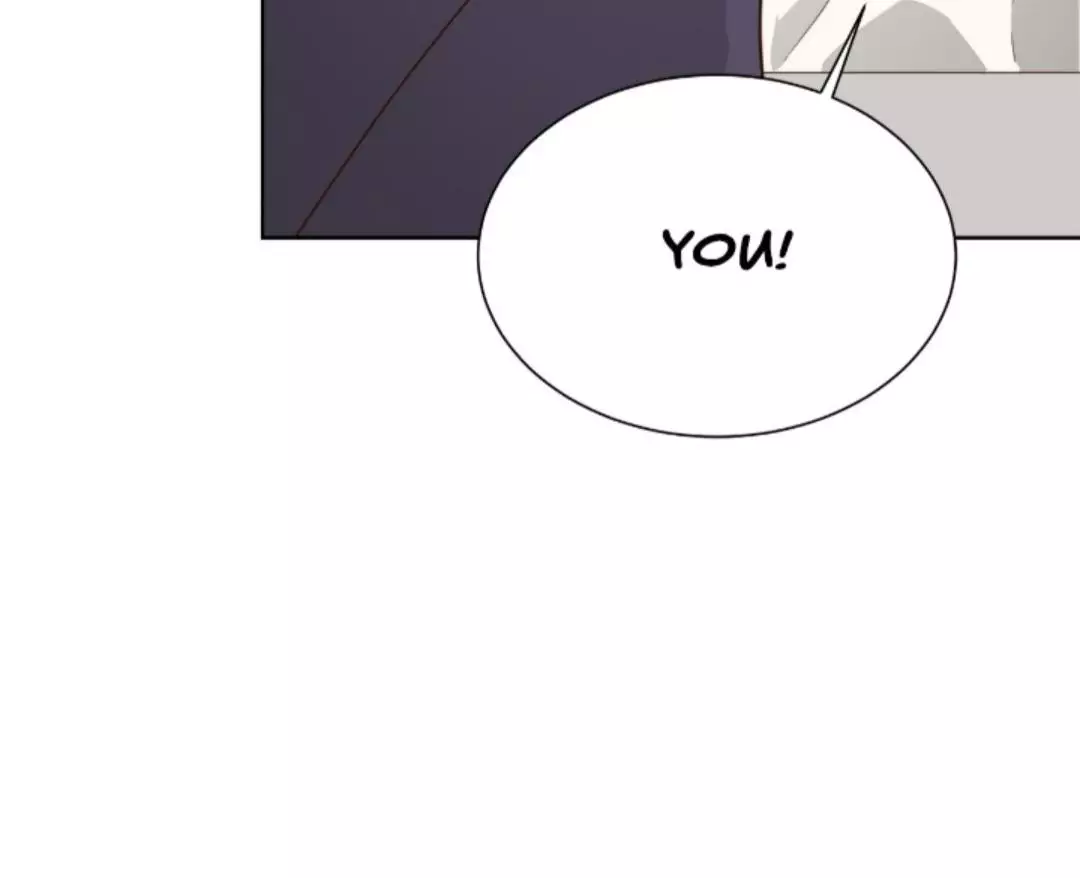
Le Pouvoir Transformateur des Récits Féminins
Votre voix compte. Que vous souhaitiez partager votre propre histoire, lire et amplifier celles des autres, ou simplement en apprendre davantage, vous êtes au bon endroit. Ensemble, un récit à la fois, nous pouvons réécrire le monde.
Découvrez nos Collections
Parcourez des centaines d'articles dans nos principales catégories. Que vous cherchiez les dernières publications ou que vous souhaitiez explorer nos archives, vous trouverez tout ici.
Rejoignez notre Communauté
Inscrivez-vous à notre newsletter pour recevoir les derniers articles, des contenus exclusifs et des annonces directement dans votre boîte mail.








